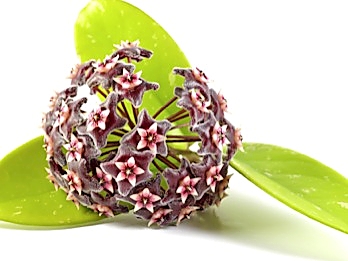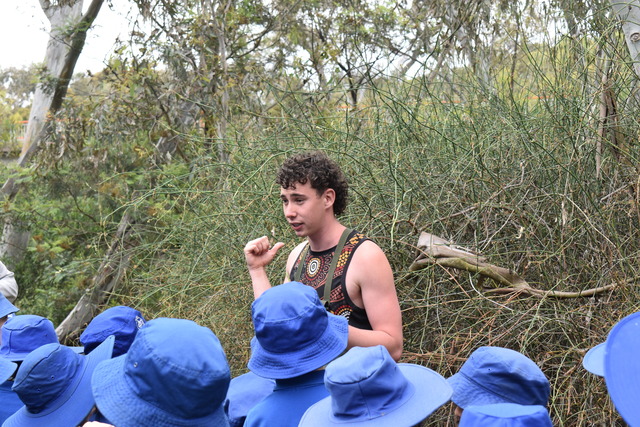The headline flashed before my eyes as I jumped back.
“Woman killed by family plant,” it shouted in 144-point letters.
Just my luck that it should all end in a bizarre gardening accident.
My father had asked me to “fill the small saucepan, dear, and put some water on the hoya’’.
With so many people coming and going at the house these days, I wasn’t sure if the hoya in fact needed water.
So I reached into the pot to test the soil with my finger and a spider sporting a blaze of red ran up my arm.
I flicked it away, trying frantically at the same time to physically put the furthest possible distance between myself and my own arm.
The spider landed on the ground, where the red dash on its upper abdomen looked for all the world like a pictogram of a dead person before I whacked it so hard with the saucepan. There was no coming back for either of them.
Now, I’ve never before seen a live redback, but it was the first of the many creatures on my mother’s roll call of things to be wary of when we left the house. The list grew thanks to encyclopaedic research as our family moved almost triennially to a new town, state or country.
Only just now I’ve learnt that the last recorded death from redback spider bite was in 1956, coincidentally when the anti-venom first became available.
Not only is human fatality apparently highly unlikely from this kind of spider bite but the chief victim of the redback spider is the male redback spider, it being one of the few arachnids that actually practise sexual cannibalism when mating.
While this doesn’t mean for a minute that you should go out of your way to get bitten, it does make you wonder how the creature has become so enshrined in mythology that the mere sight of one can make an adult hyperventilate.
In fact I’m starting to think I should be more afraid of the hoya.
From my earliest memory, there has been a hoya. Rene, my grandmother, had one in a concrete pot against a trellis at the front door of her and pop’s fibro-majestic at Rosebud.
I now understand it to be a tropical plant, which is why she would cover it each evening with thick fabric dotted with flowers to protect it from the cold. On sunny mornings, the flowers would glisten with big blobs of sweet perfumed nectar – like tears that I’d sometimes harvest and savour with no ill effect.
My grandmother died in the mid-1980s.
I don’t recall exactly when mum first cultivated her own hoya. I was never consciously aware of it after dad retired and he and mum moved to Nowra in New South Wales. Then, when they relocated to Castlemaine, the hoya came too.
In recent years, and particularly in the 11 months since my mum died, the plant has been a neglected part of our own peculiar tribal law. But as we all prepare for another death, I feel it wrapping and twining around my heart.
My personal triffid, spiders begone.







